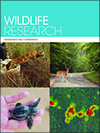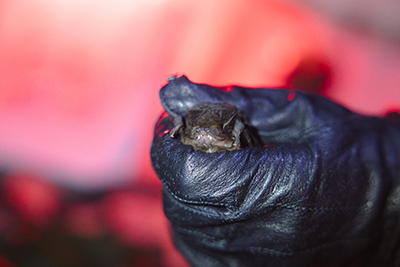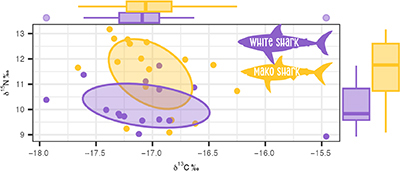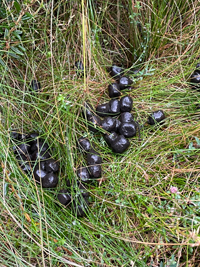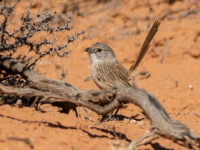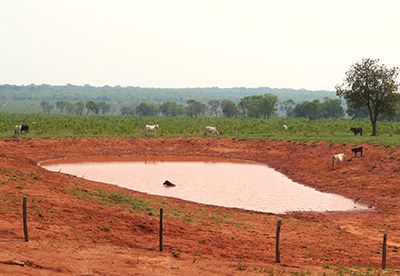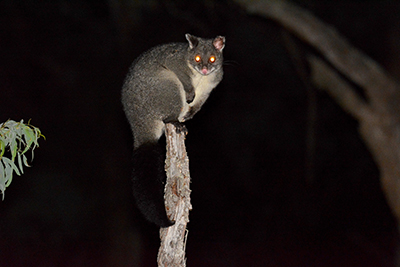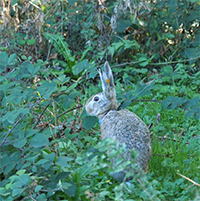Bat acoustic surveys are a key tool for research and surveying of echolocating bats in Australia, but inconsistent reporting practices hinder their effectiveness. This review evaluates the reporting practices of Australian bat acoustic studies and identifies gaps in call identification and survey methodology. Standardising these practices will enhance data quality and improve bat conservation efforts across the country. Photograph by Holly Winkle.
WR25043 Abstract | WR25043 Full Text | WR25043PDF (750 KB) | WR25043Supplementary Material (536 KB) Open Access Article


